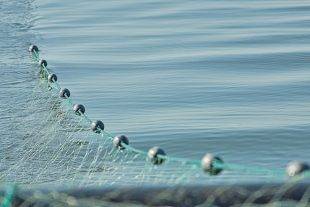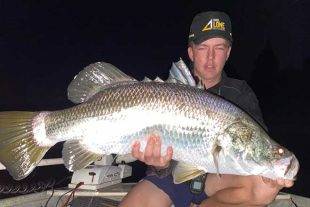The snapper and pearl perch closure in southeast Queensland for 2024 is a critical conservation measure aimed at protecting these vulnerable fish species.
The closure period, mandated by the Queensland Department of Agriculture and Fisheries, is part of a broader strategy to ensure the sustainability of these species.
Background and reasons for the closure
Snapper and pearl perch are key species in the marine ecosystem of southeast Queensland, playing vital roles in the food web and contributing to the region’s biodiversity.
However, scientific assessments have indicated that the stocks of these species are at concerning levels.
The closure is implemented during the peak spawning period of these species, from July 15 to August 15.
This timing is crucial as it allows the fish to reproduce without the added stress of fishing, thereby increasing the chances of successful spawning and recruitment of young fish into the population.
Impact on fishers
Recreational fishos, who form a large part of the fishing activity in this region, are required to comply with the restrictions, which include not targeting or possessing snapper and pearl perch during the closure period.
Commercial fishers are similarly affected, needing to adjust their operations to avoid these species.
While the immediate impact on fishos can be challenging, the long-term benefits of the closure are substantial.
Healthier fish populations lead to more sustainable fishing opportunities, ensuring that future generations can continue to enjoy fishing and that the economic benefits of a thriving fishery are maintained.
Additionally, protecting these species supports the overall health of the marine ecosystem, benefiting other marine life and habitats.
Enforcement and compliance

Ensuring compliance with the closure is a significant task.
DAF employs various strategies to enforce the restrictions, including patrols by Fisheries officers, community education campaigns and collaborations with recreational fishing groups and commercial operators.
Penalties for non-compliance can include fines and other sanctions, underscoring the seriousness of the regulations.
Community engagement and education are also pivotal in achieving the goals of the closure.
By informing anglers about the reasons behind the closure and the importance of protecting snapper and pearl perch, authorities aim to foster a culture of conservation and responsible fishing practices.
Outreach programs and materials are distributed to raise awareness and encourage voluntary compliance.
Looking ahead
The snapper and pearl perch closure is part of a broader framework of Fisheries’ management strategies, designed to ensure the sustainability of Queensland’s marine resources.
Continuous monitoring and research are essential to assess the effectiveness of the closure and to make any necessary adjustments.
The involvement of stakeholders, including fishos, scientists and conservationists, is crucial in developing and implementing these strategies.
In conclusion, the snapper and pearl perch closure in southeast Queensland is a necessary measure to protect these species and ensure the long-term sustainability of the region’s fishery resources.
While it poses challenges for the fishing community, the benefits of healthier fish populations and a more resilient marine ecosystem are significant.
Through effective enforcement, community engagement and ongoing research, the closure aims to contribute to the recovery and sustainability of snapper and pearl perch populations, securing their future in Queensland waters.
For more information on closed seasons visit DAF Qld website.
 Bush ‘n Beach Fishing Magazine Location reports & tips for fishing, boating, camping, kayaking, 4WDing in Queensland and Northern NSW
Bush ‘n Beach Fishing Magazine Location reports & tips for fishing, boating, camping, kayaking, 4WDing in Queensland and Northern NSW









